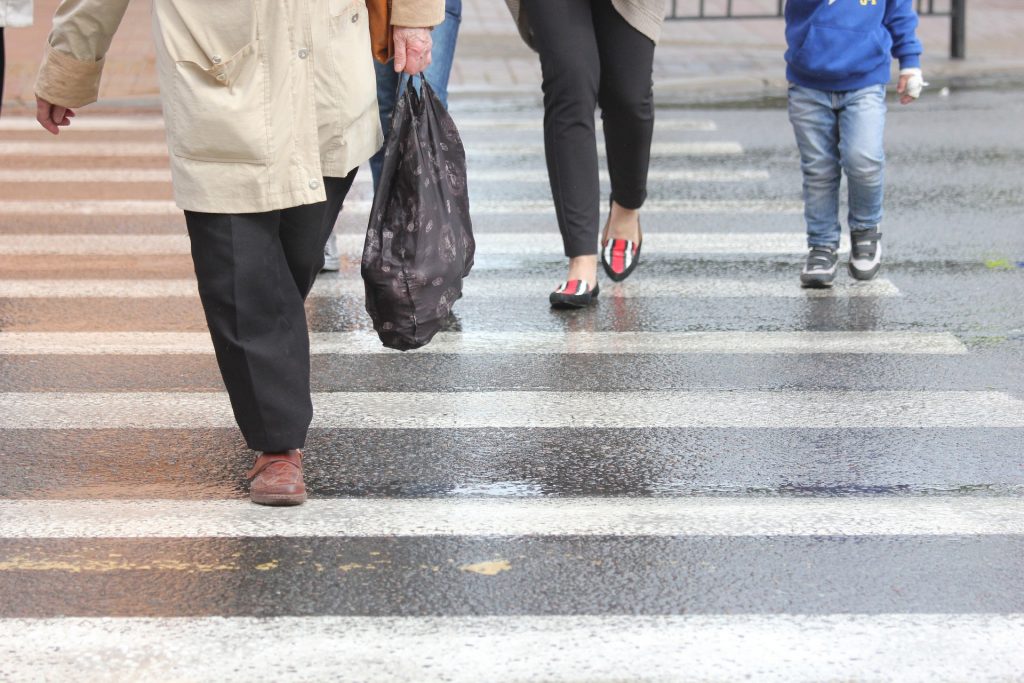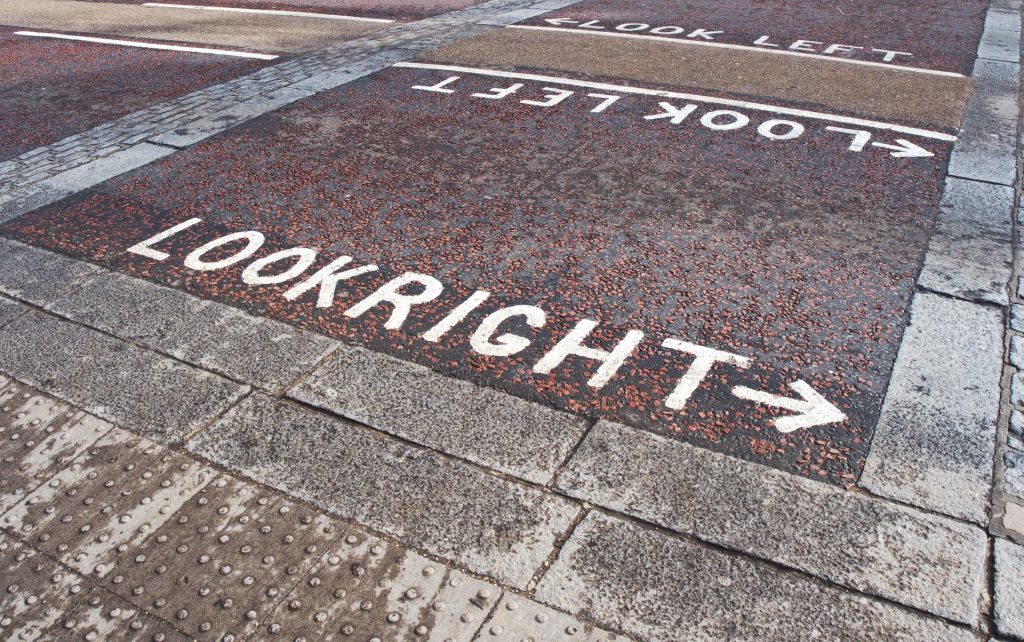 In 2017, the United States saw an alarming rise in pedestrian deaths. So did Texas. According to the Los Angeles Daily News, there were 6,000 pedestrian fatalities, marking an 11% increase from the year before. Pedestrians now account for the largest proportion of traffic deaths in a quarter-century.
In 2017, the United States saw an alarming rise in pedestrian deaths. So did Texas. According to the Los Angeles Daily News, there were 6,000 pedestrian fatalities, marking an 11% increase from the year before. Pedestrians now account for the largest proportion of traffic deaths in a quarter-century.
In Texas specifically, the number of pedestrian deaths jumped 33%. Texas deaths alone accounted for 46% of the entire nationwide upturn. Dallas-Fort Worth was ranked the 25th most dangerous state for pedestrians by Smart Growth America (CultureMap).
These statistics tell us that our system for protecting pedestrians is failing. And part of that is crosswalk effectiveness.
Some Crosswalks Are Better Than Others
Categorizing different kinds of crosswalks is a universe in itself. There are marked, unmarked, controlled, uncontrolled, and more. With these variations on the crosswalk comes the debate over which type is safest for which area. In fact, there is probably a group of traffic engineers and city planners arguing over crosswalks at this very moment.
Research has given us an idea of which crosswalks generally yield safer outcomes, though. According to Next City, a nonprofit whose mission is to inspire better cities, crosswalks that force drivers to slow down are key. Think speed bumps for crosswalks. Like so many other defensive driving tactics, slowing down increases response time and avoids crashes. Safer crosswalks often have one or more of the following attributes (MinnPost):
- High-visibility markings – Colors or markings easily seen by drivers and pedestrians.
- Refuge islands – Medians that break the crosswalk in two, so that pedestrians have to watch out for fewer cars at a time.
- Controlled measures – Crosswalks with controlled measures force (or at least further encourage) drivers to stop via stop signs or traffic signals.
- Countdown signals – Countdown timers allow pedestrians to feel more in control and to ensure they get across the street in time; if there is no countdown, pedestrians must be vigilant in watching traffic and traffic signals – though this might not stop distracted drivers from hitting them.
- Flashing lights – Crosswalk signs with flashing lights better alert drivers to the presence of a pedestrian attempting to cross the street.
Take Steps to Protect Yourself While Crossing
 Driver negligence and inefficient crosswalk systems are major causes of pedestrian traffic deaths.
Driver negligence and inefficient crosswalk systems are major causes of pedestrian traffic deaths.
According to the Centers for Disease Control and Prevention (CDC), here is what to do (and not to do) to stay safe as a pedestrian:
- Know if you are at risk or walking with someone at risk. Pedestrians ages 65 and older accounted for 19% of all pedestrian deaths and an estimated 13% of all pedestrian injuries in 2015. Children are also at risk, as one in every five children under the age of 15 who were killed in traffic crashes was a pedestrian. If you are supervising a child while crossing the street, make sure he keeps up with your pace, doesn’t fall, and makes it across safely.
- Make yourself visible. Most pedestrian deaths occur at night. Carry a flashlight at night, wear reflective clothing, and/or put reflective strips on your backpack or other items.
- Don’t jaywalk. Drivers expect to see pedestrians in crosswalks and intersections, but are often caught off guard by pedestrians jaywalking. Certain cities are lenient (like Boston), others are stricter (like Los Angeles) when handing out jaywalking tickets. When you cross, follow the prompts of the light or sign – don’t attempt to cross with only a few seconds left on the countdown.
- Walk on the sidewalk. There is no need to increase your chance for harm by walking in the roadway. If there is no sidewalk, however, walk on the shoulder and face traffic.
If you are practicing both defensive driving and walking tactics, you are doing your part to reduce the increasing number of pedestrian deaths. On top of that, don’t be afraid to become an advocate for your community. If you are suspicious that crosswalk timers aren’t allowing pedestrians enough time to cross, or the paint has been long neglected, contact city officials or an attorney. The good news is that people are walking more and getting healthier as a result – it’s up to us to ensure they remain safe while doing so.
When Technology Gets It Wrong
There are times when technology intended to help pedestrians cross the street safely is either designed poorly or breaks down. There is a national standard for crosswalks that says pedestrians should be able to get across the street in the time allotted by the countdown timer while walking at 3.5 feet per second. Crosswalk timers must be long enough to meet that standard (WANE NewsChannel 15). If not, they put pedestrians, especially the elderly and the disabled, at risk. If a pedestrian was hurt, and the crosswalk timer was found to be too short, the city and its employees responsible for that timer could be found liable.
If you were injured in a pedestrian accident and suspect the crosswalk was partially to blame, you may have a valid claim against the city as well as the at-fault driver. To learn about your legal options, please contact Crowe Arnold & Majors, LLP at (214) 231-0555. Your consultation is free.





